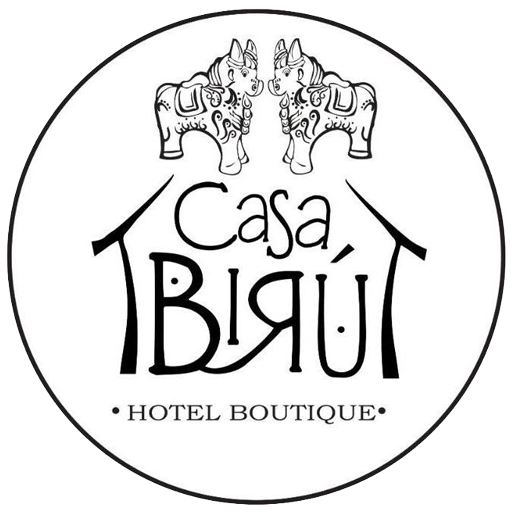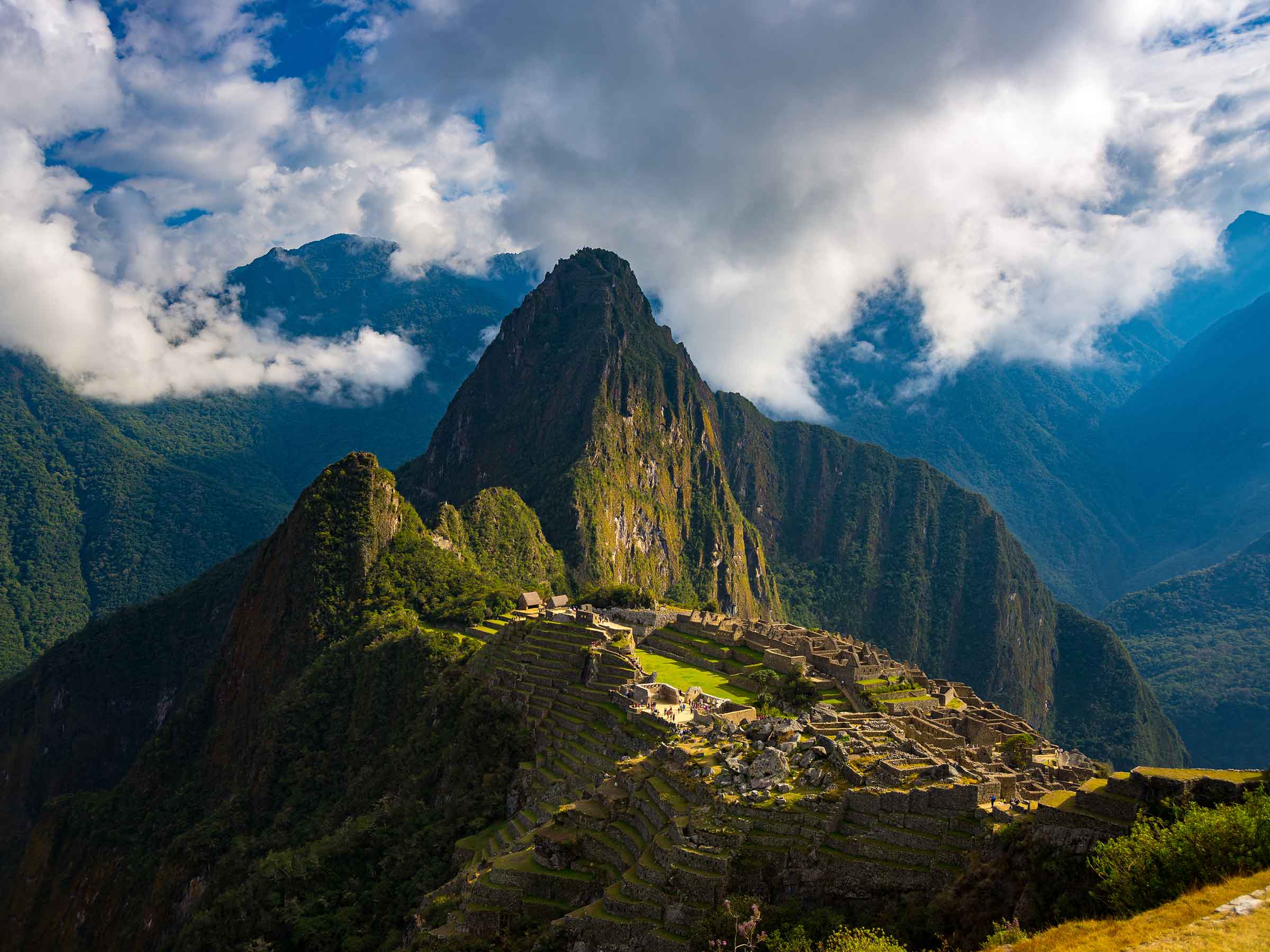
The Sacred Valley of the Incas, nestled between Cusco (11,152 feet / 3,399 meters) and Machu Picchu, is a region brimming with history, stunning landscapes, and vibrant culture. This guide provides essential information for travelers looking to explore this fascinating area. From ancient ruins to bustling markets, the Sacred Valley offers a captivating glimpse into Peru’s rich past and present.
What is the Sacred Valley?
The Sacred Valley, also known as the Urubamba Valley, was highly valued by the Incas due to its fertile land, favorable climate, and the sacred Urubamba River that flows through it. It was a vital agricultural center and home to important Inca settlements and temples. Today, it remains a significant cultural and historical hub, attracting visitors from around the globe.
Key Locations to Visit
The Sacred Valley is dotted with charming towns and impressive archaeological sites, each offering a unique experience.
- Pisac (9,780 feet / 2,981 meters): Famous for its vibrant market held on Tuesdays, Thursdays, and Sundays, Pisac is a great place to purchase local crafts and souvenirs. Above the town, you’ll find impressive Inca ruins perched on a hilltop, offering panoramic views of the valley. Traveler tip: Arrive early at the market to avoid the biggest crowds.
- Ollantaytambo (9,160 feet / 2,792 meters): This town is home to one of the most impressive Inca fortresses, which served as a strategic military and religious center. The massive stone terraces and intricate stonework are truly awe-inspiring. Ollantaytambo is also a major transportation hub, being the gateway to Machu Picchu for those traveling by train. Local saying: “Ollantaytambo te dejará sin aliento.” (Ollantaytambo will leave you breathless.)
- Chinchero (12,192 feet / 3,716 meters): Known for its traditional weaving practices, Chinchero offers demonstrations of ancestral techniques and the opportunity to purchase high-quality textiles. The town also has Inca ruins and a beautiful colonial church built upon Inca foundations. Specific detail: Look for the rainbow-colored textiles, a hallmark of the Chinchero weaving tradition.
- Moray (11,582 feet / 3,530 meters): This unique archaeological site features circular agricultural terraces that were likely used by the Incas for experimenting with different crops and microclimates. The precision and ingenuity of these structures are remarkable.
- Salinas de Maras (10,827 feet / 3,300 meters): A visually stunning site, the salt mines of Maras consist of thousands of individual salt pans that have been harvested since Inca times. The contrasting white of the salt against the earth creates a striking landscape. Authentic touch: Observe the traditional methods still used by local families to extract the salt.
Things to Do in the Sacred Valley
Beyond visiting the archaeological sites, the Sacred Valley offers a variety of activities for different interests.
- Explore the local markets: Immerse yourself in the vibrant atmosphere of the markets in Pisac and Chinchero, where you can find everything from textiles and ceramics to jewelry and fresh produce. Traveler expression: “Let’s haggle for a good price!”
- Hike through stunning landscapes: The Sacred Valley offers numerous hiking trails, ranging from easy walks to challenging treks, with breathtaking views of the mountains and valleys.
- Learn about traditional weaving: Visit a weaving cooperative in Chinchero or another community to learn about the intricate process of creating Andean textiles, from spinning the wool to dyeing and weaving.
- Visit a local community: Experience the daily life and traditions of the Quechua people by visiting a local community. This can offer a deeper understanding of the region’s culture.
- Enjoy adventure activities: For the adventurous traveler, the Sacred Valley offers opportunities for white-water rafting on the Urubamba River, mountain biking, and ziplining.
- Sample local cuisine: Indulge in the delicious flavors of Peruvian cuisine, with many restaurants in the Sacred Valley offering traditional dishes made with fresh, local ingredients. Colloquial phrase: “¡Qué rico!” (How delicious!)
Planning Your Visit
Here are some practical tips for planning your trip to the Sacred Valley.
- Best time to visit: Similar to Machu Picchu, the dry season (May to September) is generally the best time to visit the Sacred Valley, with sunny days and less rain. However, the shoulder seasons (April and October) can also be pleasant.
- Transportation: There are several ways to get around the Sacred Valley. You can take local buses (colectivos), hire a private taxi or driver, or join a guided tour. Guided tours often provide a convenient way to see multiple sites in a day. Uncertainty acknowledged: Transportation options and schedules can sometimes be unpredictable, so it’s good to be flexible.
- Altitude: The altitude in the Sacred Valley varies between towns, but it’s generally lower than Cusco. Spending some time in Cusco before visiting the valley can help with acclimatization. Stay hydrated and take it easy on your first day.
- What to bring: Pack layers of clothing as the weather can change throughout the day. Comfortable walking shoes are essential. Don’t forget sunscreen, a hat, and insect repellent. Bring some cash for markets and smaller establishments.
- Accommodation: The Sacred Valley offers a range of accommodation options, from budget-friendly hostels to luxurious hotels, particularly in towns like Urubamba and Ollantaytambo.
A Note on Cultural Sensitivity
When visiting the Sacred Valley, it’s important to be respectful of the local culture and traditions. Ask for permission before taking photos of people, and be mindful of local customs. Supporting local businesses and artisans directly can also contribute positively to the community. Human touch: Remember that you are a guest in this region.
Frequently Asked Questions (FAQs)
How much time should I spend in the Sacred Valley Most travelers spend at least one or two full days exploring the Sacred Valley to see the main sites. You could easily spend longer if you want to hike or delve deeper into specific areas.
Can I visit the Sacred Valley on a day trip from Cusco Yes, many tour operators offer day trips from Cusco that cover the highlights of the Sacred Valley, such as Pisac, Ollantaytambo, and Chinchero.
Is it better to visit the Sacred Valley before or after Machu Picchu There’s no definitive answer, but many travelers choose to visit the Sacred Valley before Machu Picchu to help with acclimatization to the altitude, as the valley is generally at a lower elevation than Cusco.
Do I need to book tours in advance While it’s possible to arrange tours upon arrival in Cusco or the Sacred Valley, booking in advance, especially during peak season, can ensure availability and potentially better prices.
What is the currency used in the Sacred Valley The currency used is the Peruvian Sol (PEN). Credit cards are accepted in some establishments, but it’s always a good idea to have cash on hand, especially for markets and smaller shops.
Are there ATMs in the Sacred Valley Yes, you can find ATMs in some of the larger towns like Pisac and Ollantaytambo, but it’s advisable to have enough cash with you, especially if you plan to visit smaller villages.
What kind of food can I expect to find in the Sacred Valley You’ll find a variety of Peruvian dishes, often featuring local ingredients like corn, potatoes, and quinoa. Look for traditional dishes like lomo saltado, ají de gallina, and trucha frita (fried trout).
Is it safe to drink the tap water in the Sacred Valley It’s generally recommended to drink bottled or purified water in Peru. Most hotels and restaurants will provide safe drinking water.
What should I wear when visiting the Sacred Valley Wear comfortable clothing in layers as the weather can change. Bring sturdy walking shoes, a hat, sunscreen, and a light jacket or fleece.
Are there any specific etiquette tips I should be aware of Be respectful of local customs and traditions. Dress modestly when visiting churches or religious sites. Ask for permission before taking photos of people.
Can I buy souvenirs in the Sacred Valley Yes, the markets in Pisac and Chinchero are excellent places to buy souvenirs, including textiles, ceramics, jewelry, and alpaca products.
What is the significance of the Urubamba River The Urubamba River was considered sacred by the Incas and played a vital role in their agricultural practices and religious beliefs. It continues to be an important source of water for the region.
Are there any entrance fees for the archaeological sites in the Sacred Valley Yes, there is a tourist ticket (boleto turístico) that grants access to several archaeological sites in the Sacred Valley and around Cusco. You can purchase this ticket in Cusco or at the first site you visit.
Can I visit the Sacred Valley independently, or is a tour recommended You can definitely visit the Sacred Valley independently using local transportation. However, a guided tour can provide valuable insights into the history and culture of the region.
What is the best way to acclimatize to the altitude in the Sacred Valley Spend a day or two in Cusco before heading to the Sacred Valley. Drink plenty of water, avoid alcohol and heavy meals, and take it easy on your first day.
Your Quick Guide to a Successful Sacred Valley Trip
Plan Your Itinerary: Decide which sites you want to visit and how much time you want to spend in each location. Consider your interests and physical abilities.
Book Transportation: Arrange your transportation in advance, especially if you’re traveling during peak season. Consider train tickets to Aguas Calientes if you plan to visit Machu Picchu.
Purchase Tourist Tickets: If you plan to visit multiple archaeological sites, purchase the boleto turístico to save money and time.
Pack Appropriately: Bring layers of clothing, comfortable shoes, sun protection, and any necessary medications.
Stay Hydrated: Drink plenty of water to help with acclimatization to the altitude.
Be Respectful: Show respect for the local culture and traditions.
Embrace the Experience: Be open to new experiences and enjoy the beauty and history of the Sacred Valley.
Highlights of the Sacred Valley
- Explore the vibrant market and Inca ruins of Pisac.
- Marvel at the impressive fortress of Ollantaytambo.
- Discover traditional weaving practices in Chinchero.
- Witness the unique circular terraces of Moray.
- Admire the stunning salt pans of Salinas de Maras.
- Hike through breathtaking Andean landscapes.
- Immerse yourself in the rich Inca history and culture.
- Sample delicious Peruvian cuisine.
- Engage with local communities.
- Enjoy the slower pace of life in the valley.





No comment yet, add your voice below!